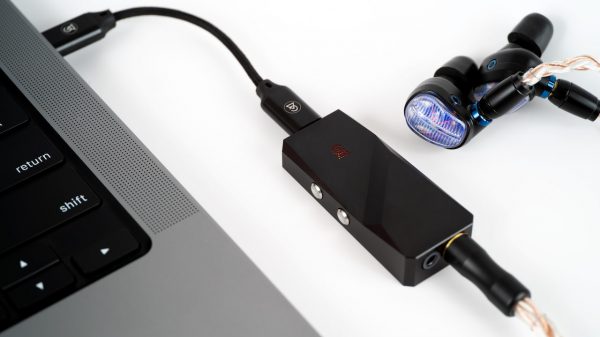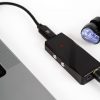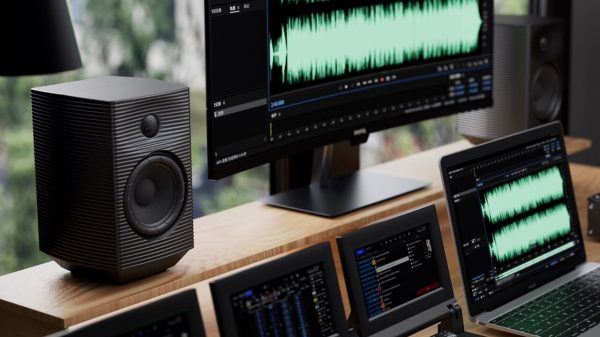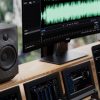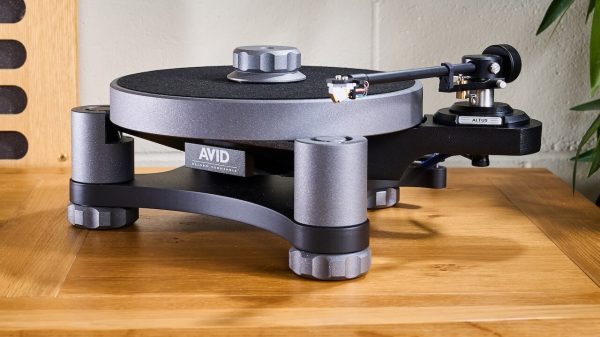Most IT personnel know that the fragmentation disease is a problem; that files split into tens, hundreds or thousands of fragments slows system speed to that of sludge. But given the multitude of tasks that IT personnel have to handle on a regular basis, and adding in the daily fires that must be put out and the continuing expansion and improvement of the system, the real impact of fragmentation might easily be overlooked. What also might be overlooked is that many of today’s solutions are inadequate to the problem.
A disk drive is a basic element of a system. Hence, anything that happens there affects everything beyond it. A virus, for example, can be parked on a server volume in such a way that every system that accesses that drive picks up and carries on the virus. While fragmentation isn’t a virus, it is certainly a disease and will spread the same way: any computer accessing data on a fragmented drive will be slowed down having to wait for that data. Applications open and respond more slowly. It takes longer to access files.
But let’s look at the broader picture. If a user has to wait for applications to open, for access to files and data, how much less work is that employee accomplishing? Multiply that slow access by the number of personnel and executives in a company and you can see how widespread an effect it is. It cuts right into overall production–which directly affects profitability and the salaries of everyone involved.
Of course any computer problem, or any complaint about any computer problem, bounces right back onto IT personnel. If system slows are occurring all across an enterprise, this means multiple help desk calls soaking up IT time. And if fragmentation is overlooked as the serious problem that it is, IT personnel can also spend hours, days or even weeks tweaking the system, shifting resources and affecting other changes which may or may not speed up performance.
A good part of the reason that fragmentation may be overlooked as a problem is that most sites have implemented scheduled defragmentation solutions; defragmenters are scheduled to run at times when the least number of user are accessing the drive to be defragmented. Hence, fragmentation is checked off on the list of tasks which need to be handled. But here again, IT personnel time is being taken to analyze drives for I/O activity and then schedule defragmentation at the best times on the drives that need it.
Another–and perhaps more important–problem is that scheduled defragmentation is outmoded. It is no longer keeping up with today’s frantic rates of fragmentation. In between runs, fragmentation continues to occur and impact performance. In some cases, these defragmentation methods aren’t affecting fragmentation at all. But without analysis and testing, no one would know that, and would assume fragmentation isn’t a problem.
Yes, fragmentation is a serious disease, and the only real solution is one which doesn’t take up IT time with scheduling and which addresses fragmentation automatically, transparently and whenever possible utilizing idle system resources. Utilizing such a method, the fragmentation disease is kept fully away and system performance and data access is consistently maximized.


